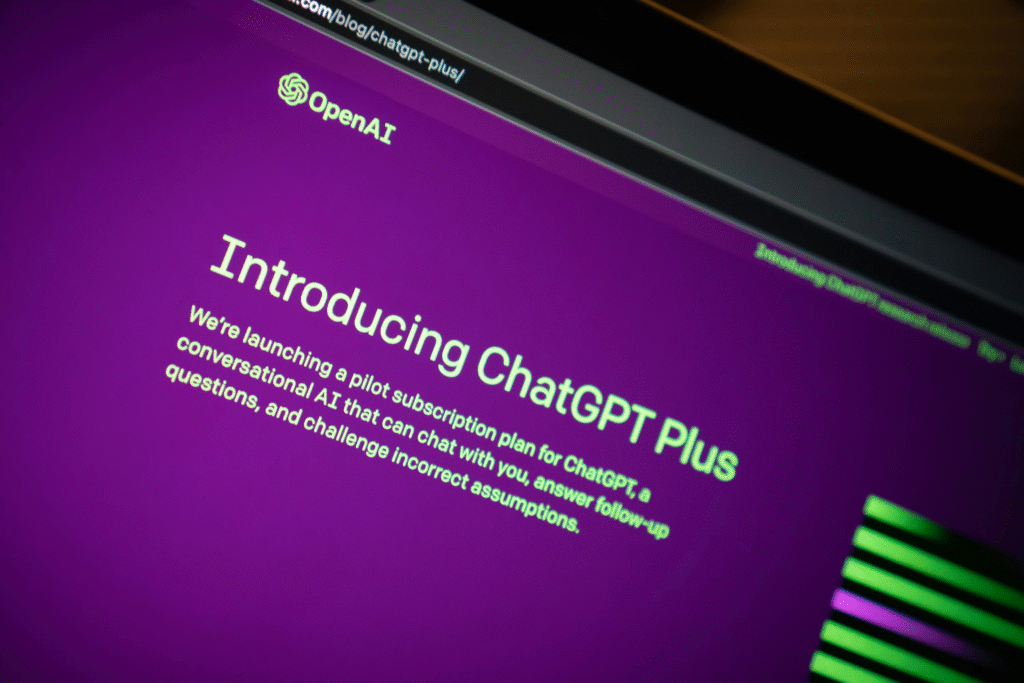Sometimes the biggest changes come in small packages. OpenAI, the company behind the popular artificial intelligence tool ChatGPT, has launched its cheapest subscription plan yet, hoping to make advanced AI more accessible to millions of people. This new plan, called ChatGPT Go, costs just 399 rupees per month, which is equal to about $4.6. By introducing this low-cost option, the company is opening its doors to a much wider audience who might have found earlier plans too expensive.
For a long time, OpenAI has offered different levels of subscription plans, each one giving users more features and faster responses. But many people, especially young learners, students, and small business owners, wanted something lighter on the pocket. This is where ChatGPT Go comes in. It is the company’s most affordable option, designed especially for people who want to explore more of ChatGPT’s power without spending too much money.
The new plan is not just about a lower price. It also gives users a lot more value compared to the free version. People who subscribe to ChatGPT Go will be able to send ten times more messages and generate ten times more images than free users. This means longer conversations, more creative projects, and less worry about hitting usage limits. Another benefit is faster response time. For many users, speed is just as important as accuracy, and ChatGPT Go promises quicker answers whenever needed.
OpenAI explained in its statement that this plan is aimed at people who want to enjoy ChatGPT’s advanced abilities at a cost they can afford. For students, it could mean better help with homework or practice for exams. For small business owners, it could mean creating product descriptions, marketing material, or even customer replies at a fraction of the cost of hiring someone full time. For everyday users, it might just mean fun conversations, learning new things, or exploring creative hobbies like writing stories and poetry.

Until now, OpenAI’s subscription options had been much more expensive. The top-tier plan, ChatGPT Pro, costs 19,900 rupees per month, which is nearly fifty times the price of ChatGPT Go. The mid-range option, ChatGPT Plus, is priced at 1,999 rupees per month. Both of these give users higher limits, priority access, and the latest AI models. But for many, these prices were simply out of reach. By creating ChatGPT Go, OpenAI is not only offering variety but also showing that it understands the needs of a larger audience.
One important thing to remember is that global technology companies often design special pricing strategies for different regions. Some markets are more sensitive to cost, and companies lower their prices to attract more users. With nearly a billion internet users, this market is one of the largest and fastest-growing in the world. By offering a cheaper subscription, OpenAI is following the same strategy that other global tech giants have used successfully.
Earlier this year, OpenAI’s CEO Sam Altman visited the country and held discussions with the IT minister. During these talks, one of the ideas discussed was the creation of a low-cost AI ecosystem. This means developing tools, apps, and opportunities that people can afford and benefit from. The launch of ChatGPT Go seems to be a direct step toward that vision. By making the service more affordable, OpenAI is also encouraging people to adopt AI into their daily lives, from education and work to entertainment and personal growth.
There is another way to look at this launch. Artificial intelligence is still new for many people, and some are not sure whether it is truly useful for them. Offering a low-cost plan reduces that hesitation. If the cost of entry is small, more people are willing to try it. Once they experience what AI can do, some may even upgrade to the higher plans. In this way, ChatGPT Go works not only as a service but also as an invitation to explore the future of technology.
At the same time, it is important to understand that AI is changing the way we live and work. Tools like ChatGPT are no longer just experiments in labs; they are becoming part of everyday life. For example, a college student might use ChatGPT Go to prepare for exams or improve essays. A teacher might use it to design lesson plans. A graphic designer might use it to brainstorm ideas. Even people in small towns can use it to learn new skills or communicate in English more confidently. The opportunities are endless when access is affordable.
By launching this plan, OpenAI is also strengthening its position in one of its biggest markets. For a company backed by Microsoft, this move shows that long-term growth depends on making AI accessible, not just powerful. It is not enough to have the best technology; people must also be able to use it comfortably. This balance of quality and affordability could be the key to reaching millions more users in the coming years.
The story of ChatGPT Go is more than just about price cuts. It is about inclusion, accessibility, and the democratization of technology. When a powerful tool like ChatGPT becomes affordable to more people, it creates a ripple effect. Students become more confident learners, professionals save time and energy, and businesses grow faster. The launch marks a step toward a world where AI is not limited to a privileged few but is available for anyone with curiosity and imagination.
In the end, the launch of ChatGPT Go tells us one simple truth: technology becomes truly powerful only when it reaches everyone. A price tag of 399 rupees may look small, but behind it lies a big dream—of connecting millions more people to the future of artificial intelligence. OpenAI’s move shows that growth is not only about advanced features but also about listening to people, understanding their needs, and giving them a fair chance to join the journey.


